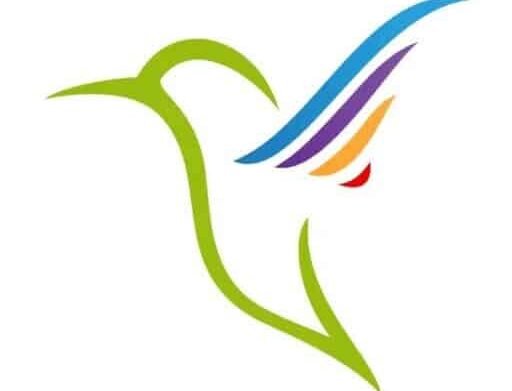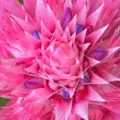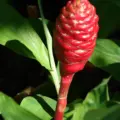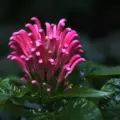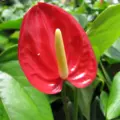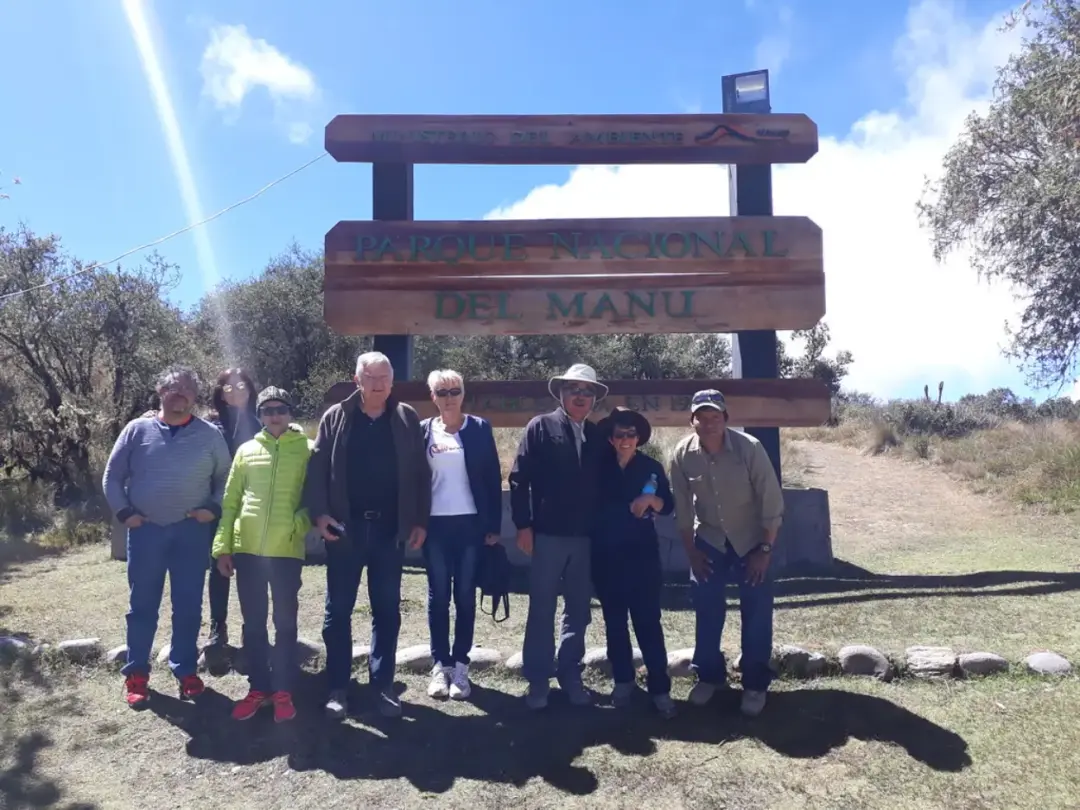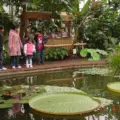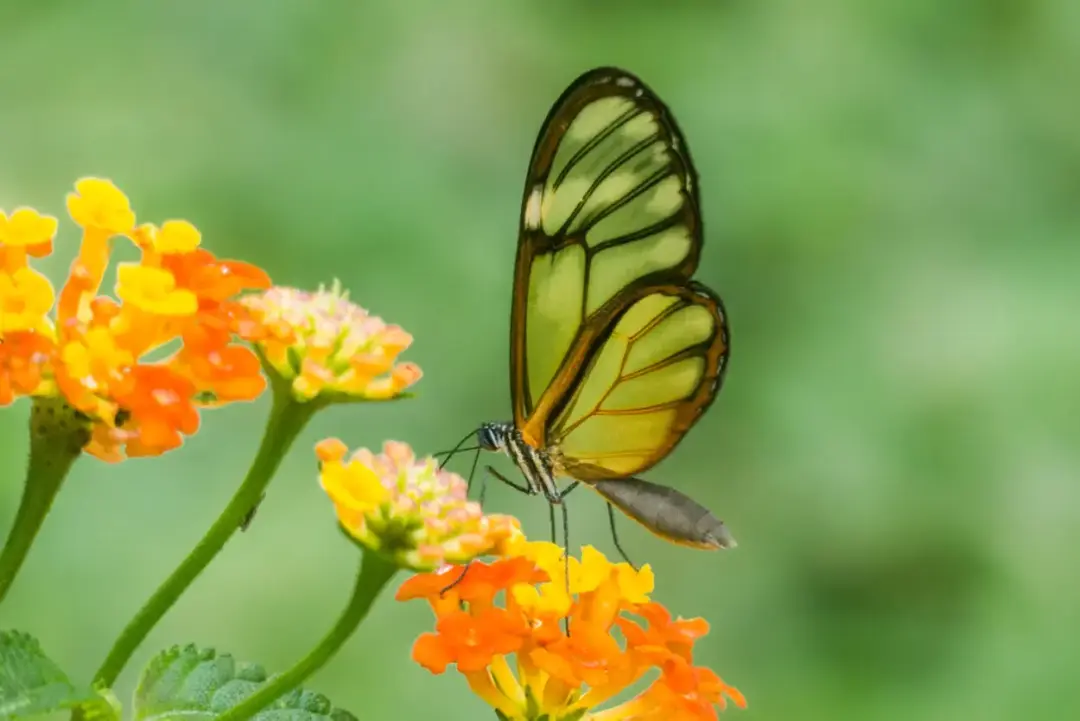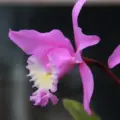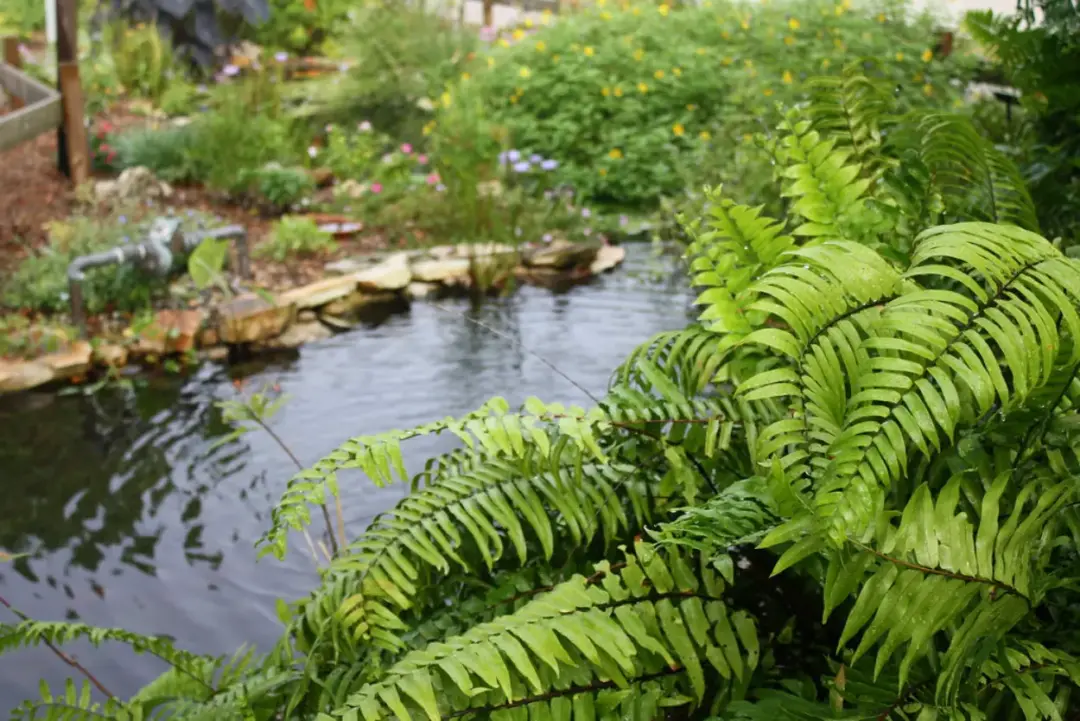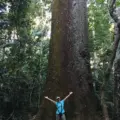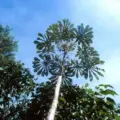Heliconia rostrata (Lobster Claw): The Tropical Wonder That Turns Every Garden into Paradise 🌺🦞
Heliconia rostrata, famously known as the Lobster Claw, is one of the most visually striking plants in the tropical world. With its vivid red and yellow bracts cascading down like exotic claws, it’s not just a flower—it’s a natural sculpture! This beloved ornamental is more than just eye candy. From its unique growth habits and impressive height to its intriguing propagation and unmatched tropical charm, Heliconia rostrata is a botanical gem worth discovering in depth.
🌴 Introduction to Heliconia rostrata: Nature’s Exotic Art Piece

Often referred to by its common name, Lobster Claw or Hanging Heliconia, Heliconia rostrata is native to the lush rainforests of Central and South America. Its pendant, claw-like bracts are what earn it the nickname, mimicking the pincers of a lobster in both shape and color. These unique flowers are not just ornamental; they play an important role in tropical ecosystems, serving as a food source for pollinators like hummingbirds.
What sets Heliconia rostrata apart is its vibrant presence and bold form. It thrives in humid, tropical environments and is a popular choice for landscape designers looking to add a splash of rainforest brilliance to gardens, resorts, and botanical collections.
📏 Heliconia rostrata Lobster Claw Size: How Big Does It Get?
The sheer size of Heliconia rostrata is a big part of its appeal. The bracts—those colorful structures often mistaken for flowers—can grow up to 2 feet (60 cm) long. Arranged on a downward-hanging inflorescence, these bracts alternate in a zigzag pattern and house the plant’s small, true flowers within.
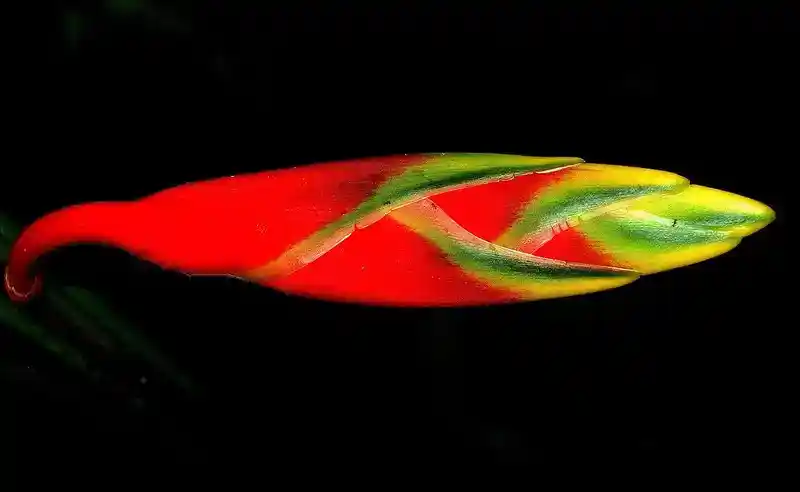
In terms of plant height, the overall structure of Heliconia rostrata can reach between 4 to 10 feet tall, depending on the growing conditions. When mature, the plant creates a bold, tropical silhouette that easily dominates any landscape where it is planted.
🌱 Growth Rate and Height of Heliconia rostrata
One of the joys of cultivating Heliconia rostrata is its vigorous growth rate. Under optimal tropical conditions—ample warmth, humidity, and indirect light—the plant can grow several inches per week during its active growing season. It usually takes about 9 to 12 months from rhizome to flower, making it a fast grower among tropical ornamentals.
When it comes to height, mature plants commonly reach around 6 to 8 feet, but with care and rich organic soil, they can stretch beyond 10 feet. Taller plants often produce more and larger bracts, making the display even more dramatic. Their height also makes them excellent choices for vertical accents in large gardens or backdrop plantings in smaller tropical arrangements.
🔍 Heliconia rostrata Lobster Claw vs Lobster Claw: Clarifying the Confusion
The phrase “Heliconia rostrata Lobster Claw vs Lobster Claw” might sound confusing at first glance, but it actually highlights an important distinction. Not all Lobster Claws are the same. The term “Lobster Claw” is sometimes used to refer to multiple species within the Heliconia genus, not just H. rostrata.
Heliconia rostrata is distinct in its pendant (hanging) bracts, which differ from the upright Lobster Claws found in species like Heliconia bihai. While both are tropical and visually arresting, H. rostrata’s downward-facing bracts and more delicate form give it a cascading elegance that makes it especially popular for decorative gardens and floral arrangements.
🌿 Propagation of Heliconia rostrata Lobster Claw
Heliconia rostrata is best propagated through rhizome division. These thick, underground stems can be cut into sections and replanted, each with at least one “eye” or growing node. This method ensures the new plant will be genetically identical to the parent and mature quickly in the right conditions.
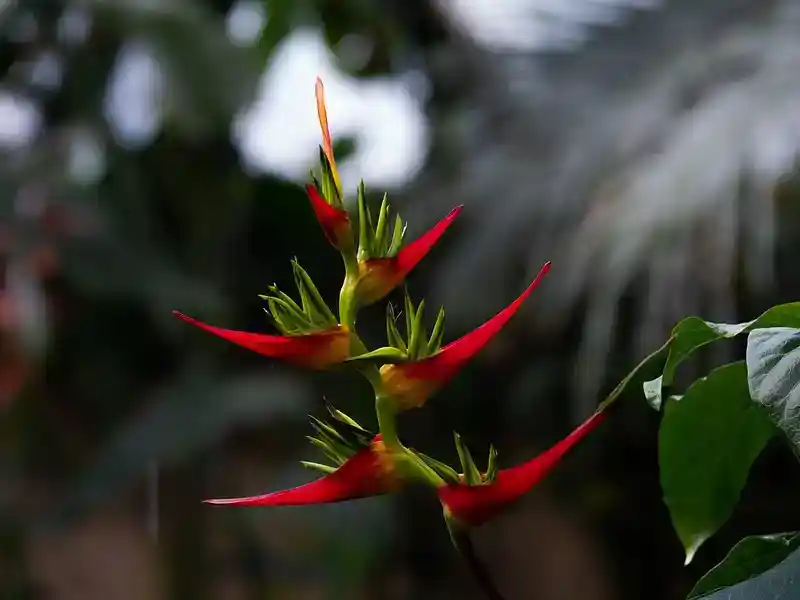
Propagation is ideally done at the start of the rainy season or during warmer months when the plant is actively growing. Once planted, the rhizomes send up shoots within a few weeks and begin developing full-sized foliage within a couple of months. Patience is rewarded with a lush, vibrant display in under a year.
🌸 What Makes Heliconia rostrata So Special?
There are many things that make Heliconia rostrata a standout plant. From an aesthetic perspective, it’s like the botanical version of a tropical firework. But it’s not just beautiful—it’s biologically fascinating too. The structure of the bracts is designed to attract and support hummingbirds, which are the primary pollinators for this species. Their long, curved beaks are perfectly shaped to reach the hidden nectar deep within the bracts.
Even more amazing is how the plant has evolved to retain rainwater in its bracts, creating tiny micro-ecosystems that support frogs, insects, and even small invertebrates. It’s not just a flower—it’s a miniature habitat.
📍 Where Does Heliconia rostrata Grow Naturally?
This exotic plant thrives in the tropical rainforests of countries like Peru, Ecuador, Colombia, and parts of Central America. In the wild, Heliconia rostrata grows in the shaded understory where sunlight filters through dense foliage, providing the dappled light it prefers.
Because of its tropical origins, it requires consistent warmth and moisture. It cannot tolerate frost, which makes it best suited for USDA zones 10-13, or as a potted plant indoors or in greenhouses in cooler climates.
🏡 Growing Heliconia rostrata at Home
- Light: Prefers partial shade to bright, indirect light. Avoid direct midday sun in hot climates.
- Soil: Rich, well-draining soil with high organic matter is ideal.
- Water: Keep soil moist but not soggy. Mulch heavily to retain humidity.
- Fertilizer: Feed monthly with a balanced tropical plant fertilizer.
- Pruning: Remove dead or damaged leaves regularly to encourage new growth.
In cooler zones, it can be grown in large containers and overwintered indoors. With proper care, the potted Heliconia can still produce flowers and grow to impressive heights.
🎨 Fun Facts & Unique Features of Heliconia rostrata
- 🦜 Hummingbirds are the main pollinators—many species are drawn exclusively to Heliconias!
- 🌧️ The bracts collect rainwater, creating “mini ponds” for frogs and insects.
- 🎍 The plant grows in clumps, forming dense foliage ideal for creating natural privacy screens.
- 🎉 It is a favorite in floral arrangements due to its long-lasting bracts that stay fresh for weeks.
- 🌍 In traditional Amazonian cultures, Heliconias are sometimes used for symbolic decoration during festivals.
🌺 Blooming Season and Lifespan
Heliconia rostrata typically blooms during the warm months, with flower production peaking in late spring and summer. In tropical climates, however, it may bloom year-round. The bracts can last for up to 4–6 weeks, maintaining their vibrant color and firm shape.
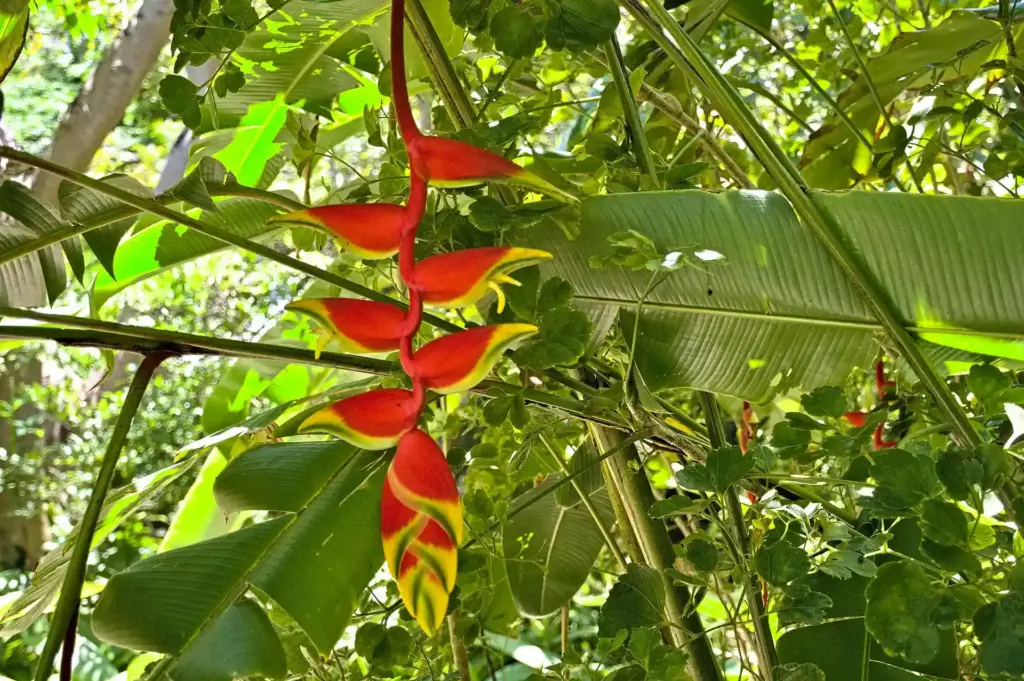
The plant itself is a perennial, returning year after year with proper care. Once established, it can live for many years, expanding its clump and increasing in both density and size.
🌎 Sustainability and Conservation Value
Heliconia rostrata not only adds beauty to human-designed spaces but also contributes to biodiversity conservation when grown in its native range. As natural habitats face pressure from deforestation and development, maintaining ornamental and wild populations of plants like Heliconia rostrata can help preserve pollinator pathways and microhabitats.
Its popularity in eco-tourism destinations and botanical gardens helps raise awareness about tropical plant conservation, making it a true ambassador of the rainforest.
🌟 Conclusion: Why Everyone Should Love Heliconia rostrata
Whether you’re a gardener looking to add a splash of the tropics, a nature enthusiast captivated by plant-pollinator relationships, or simply someone who appreciates natural beauty, Heliconia rostrata—also known as Lobster Claw—delivers on every front. It’s bold, dramatic, ecologically valuable, and utterly unforgettable. 💚
So next time you spot those vibrant red-and-yellow “claws” swaying gently in the breeze, take a moment to appreciate the wonder of tropical evolution—and maybe consider planting one yourself. Your garden (and the hummingbirds) will thank you! 🌿🦜
